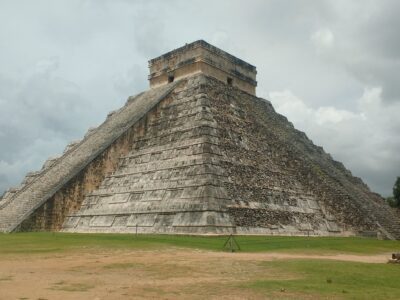The “Guadalupe-Reyes” marathon is a unique and festive tradition in Mexico that marks the start of the holiday season with a series of celebrations, social gatherings, and, often, a lot of drinking. This marathon begins on December 12th, the Day of Our Lady of Guadalupe, and runs until January 6th, the Day of the Three Kings (Epiphany), creating nearly a month-long period of revelry.
The tradition is named after two significant dates: December 12th, honoring the Virgin of Guadalupe, and January 6th, celebrating the Epiphany, also known as Día de Reyes. The marathon consists of various festivities that include Posadas (nine days of celebrations leading up to Christmas), Christmas Eve, Christmas Day, New Year’s Eve, New Year’s Day, and Three Kings’ Day. Each of these days has its own set of customs and traditions that vary by region and family.
The “drinking marathon” aspect of Guadalupe-Reyes is somewhat tongue-in-cheek, reflecting the social nature of the season. Friends and family gather frequently for meals, parties, and events where alcohol is often present. Traditional Mexican beverages such as tequila, mezcal, Ponche (a warm fruit punch), and Rompope (a kind of eggnog) are commonly enjoyed. The idea is to celebrate continuously, embracing the spirit of togetherness and joy.
While the concept of a “marathon” might imply a test of endurance, the focus is more on enjoying the season’s festivities rather than an actual contest. It’s a playful acknowledgment of the bustling holiday schedule filled with social engagements. Despite its focus on fun and celebration, it’s always important to drink responsibly and be mindful of health and safety during this festive period.
In essence, the Guadalupe-Reyes marathon encapsulates the vibrant and joyous nature of Mexican holiday traditions, providing a perfect blend of religious observance and communal celebration.
TYT Newsroom
The post The “Guadalupe-Reyes” Marathon: a unique and festive tradition in Mexico first appeared on The Yucatan Times.














